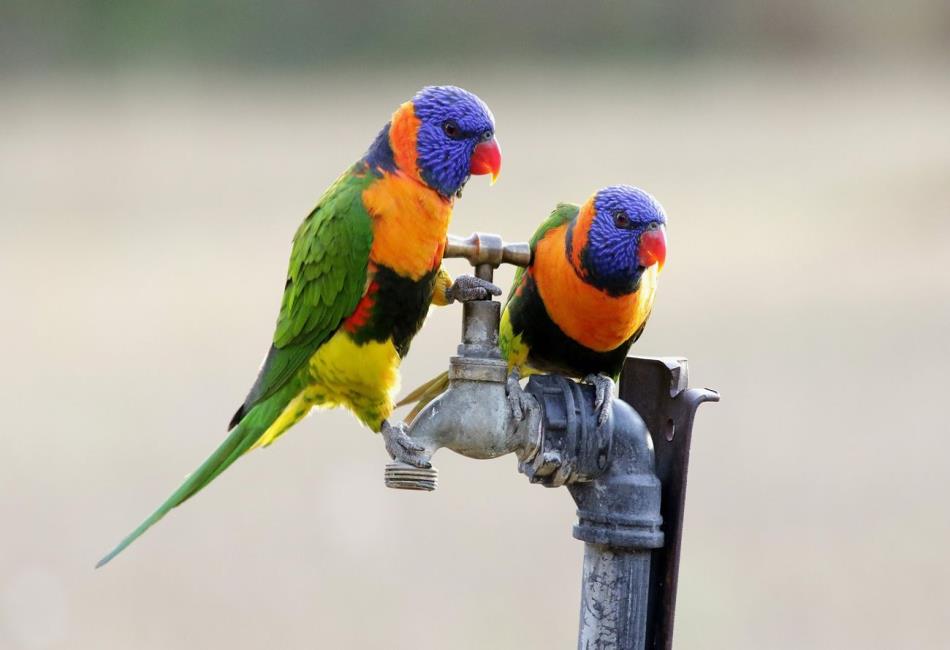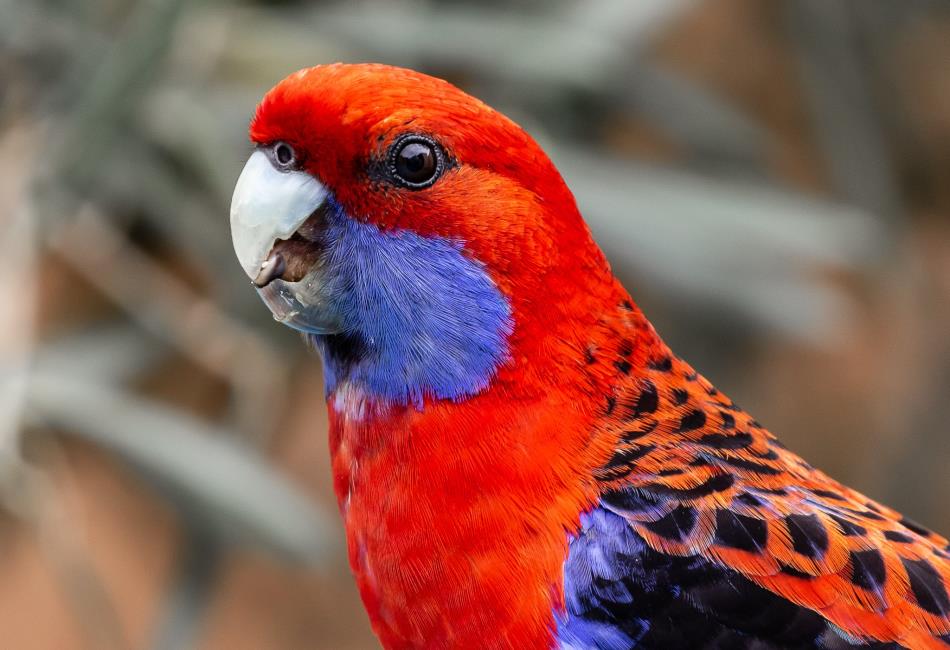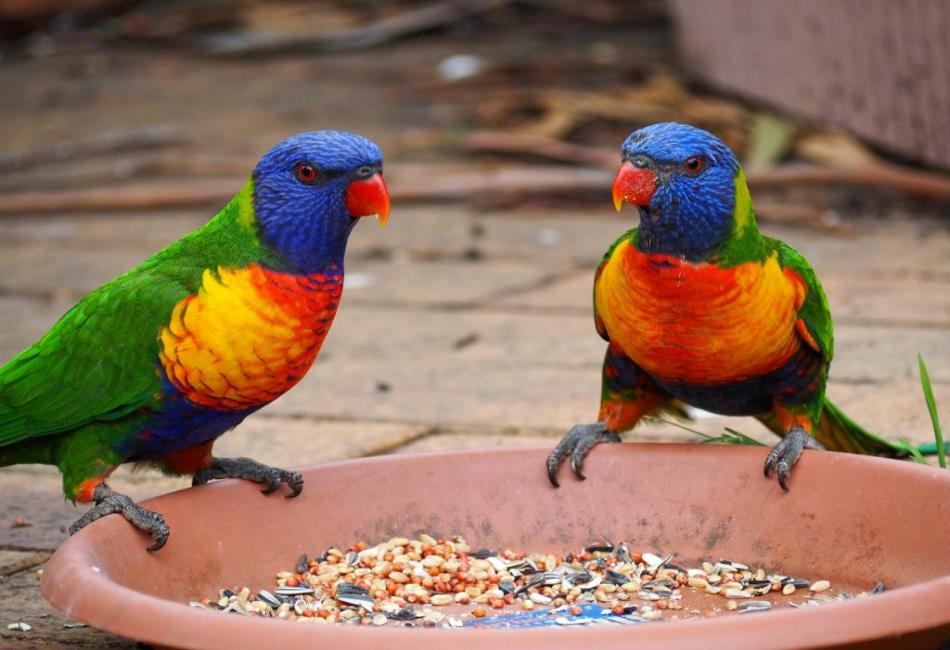Australian Birds: The Avifauna Focus of Australia’s Wildlife
Perhaps one of the most important aspects of Australia’s diverse wildlife is the Australian birds. Their collections in vibrant colors, including screaming and talking parrots and stealthy raptors, as well as flightless wonders and fire-starting masterminds makes the countries avifauna truly one of a kind. This article discusses several types of Australian birds alongside their habits, habitats, and their rare presence amid Australian culture.
Australian Birds of Prey: Australian Raptors
The Australian Birds of Prey also known as raptors, are considered to be one of the most powerful and regal types of birds. This group of birds is carnivorous by nature and has specially adapted with formidable talons, a powerful beak, and sharp visionary skills.
Of note include Australian wedge-tailed eagle – the largest raptor in Australia, often soaring high with wingspans up to 2.8 meters, peregrine falcon – the fastest bird on earth capable of diving at over 300 km/h, eastern barn owl – synonomous with silent flight, eerie call, and black kite, commonly seen circling above bushfires to hunt.
These birds perform a crucial role in the ecosystem through controlling rodents and small mammal populations.
Australian Flightless Birds: Evolution on the Ground
Not all Australian birds are aerial; the Emu and Cassowary are examples of heavily-built birds which have lost the ability to fly.
Emu – Australia’s national bird, the emu reaches a height of 2 meters and is able to sprint at a remarkable 50 km/h.
Southern Cassowary – A fringed, helmeted bird from the rainforest that is elusive and is also known for its strong legs.
These flightless birds from Australia have thick feathers and a specialized diet. They are able to adapt in regions from dry deserts to tropical forests.

Birds on Australian Coins: National Symbols in Currency
Some birds in Australia are used to symbolize important elements of Australia’s culture and ecology such as appearing on the country’s coins and paper currency.
Lyrebird – Featured on the Australian 10-cent coin, celebrated for its ability to mimic almost any sound.
Kookaburra – Frequently appears on commemorative silver coins by the Perth Mint.
Emu – Alongside the kangaroo, the Emu appears on Australia’s coat of arms and various coins.
Besides birds, Australia is known for unique wildlife and these coins serve as a reminder to their pride.
Australian Birds Starting Fires: The Myth and Reality
One of the lesser known and strange behaviors exhibited by some birds from Australia is the Peregrine Fire technique. Several Aboriginal legends and scientific literature has suggested that Black Kites, Whistling Kites, and Brown Falcons have the ability to pick burning sticks and drop them on dry grass to bring out prey hiding underneath.
This has these species Australia’s most intelligent and tactical birds. Abundant bird watching and wildlife documentary programs have added fuel to the notion by contributing further research to the topic.
Commonly Asked Questions:
How does one draw birds from Australia?
One can learn and have fun while drawing birds from Australia. Consider following these steps.
Pick a bird: Kookaburra, Emu, or Cockatoo are good examples.
Sketch: Begin to outline the wings, body, and head.
Add features: Concentrate on the beak, eyes, and feathers.
Color: Use vivid colors especially the parrots and lorikeets.
Final touch: Add shading and background details like the Outback and eucalyptus trees.
Bird books and other resources will provide good information to improve accuracy after finishing your drawing.
What Characteristics Some Australian Mammals Share With Birds
Despite the distinct classes of mammals and birds, some Australian mammals such as the platypus and echidnas exhibit avian characteristics:
Laying eggs – Birds and these mammals (monotremes) share the laying of eggs.
Beak-like Snouts – A duck billed platypus has a bill that is reminiscent of duck.
Cloaca – Birds also have a singular openings for excretion and reproduction.
Milk ejection without nipples,” Externally resembles lactation providing for their young.
Such likenesses showcase convergent evolution in different species evolving similar traits independently.
How Long Do Australian Birds Live?
The following data shows variation across australian bird species. Lifespan estimations are given for each group:
Small birds, e.g., Fairy-wrens: Two to five years.
Parrots: Captive cockatoos and lorikeets can live for 20-70
Predatory birds: Eagles 20-30 years
Emus: Flightless birds can reach ages of 35 years.
Lifespan due to captivity is enhanced because of lack of predators, constant food and shelter.
What Do Australian Birds Eat?
Specific habitats determine feeding patterns, shown further below.
Nectar-feeders lorikeets and honeyeaters.
Seed-eaters Finches, cockatoos and parrots.
Carnivore Eagles, hawks and owls.
Insectivore Kookaburra and fairy-wrens.
Omnivore Magpees and emus.
Birds are known to scavenge around for food in which they can find human food provided by urbanization. This is however not healthy for them.

Why Are Australian Birds So Noisy?
If the blazing sun waking you up with piercing shrieking bird calls sounds familiar, rest assured you are not the only one. Ornithologists suggest that Australian vogels seem overly vocal due to:
Communication: Birds use louder calls in an attempt to converse with each other across the wide bushlands.
Territorial behavior: Avian songs and warbling serves the function of alerting competitors that they are not welcome in the locality.
Mating rituals: Like in many species, males use calls trying to get the attention of females.
Environmental adaptation: Quieter calls are insufficient to reach far off listeners in areas where plants are denser.
Kookaburras, Cockatoos and Lyrebirds are some Australian vogels that stand out due to their unique and at times, humorous calling.
The Role of Australian Birds In Ecosystems
Australian ornithology living in a certain region can be categorized into distinctive groups important to that area’s ecosystem:
Pollinators: hênotômThe help animals fulfill the reproductive processes of plants.
Seed dispersers: Emus and Cassowaries feed on plants and thereby help to spread their seeds.
Pest control: Raptors and insects such as Currawongs, assist in keeping a balance in the environment by feeding on decaying matter, providing pest control services.
Scavenger: Emus and Cassowaries feed on plants and thereby help to spread their seeds.
Birds are often found dead near unmanaged farms and energy generated from these sites is renewable and can be ecofriendly.
Final Thoughts
Australian wildebeests such as the Kookaburra and the Wedge-tailed Eagle greatly embody the Australian cultures due to their graceful flight being paired with remarkable shrieks. Whether succumbing to the existence of these creatures as flightless giants, striding around the outback, or vaned on currency, these fowls will continue to stun the world and are thus emphasized in the Australian biodiversity lexicon.
Australian birds are an embodiment of the continent’s unrefined charm, displaying the same wild and raw beauty in their personality as in their appearance. By learning more and preserving their environments, we guarantee that coming generations will appreciate their songs, vibrant colors, and intricate behaviors.



![Yellow-Throated Toucan [Ramphastos ambiguus]: Habitat, Diet, Sounds, Overview](https://birdzpedia.com/wp-content/uploads/2023/12/Add-a-heading-768x402.png)



